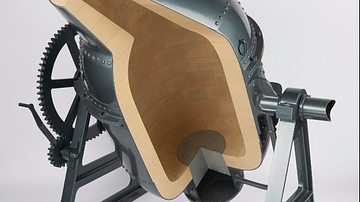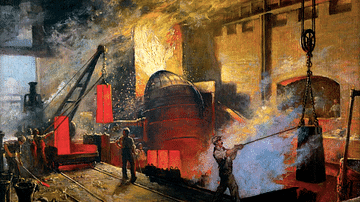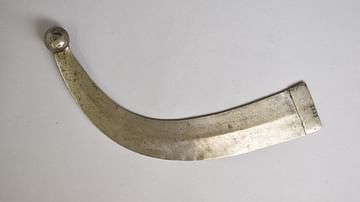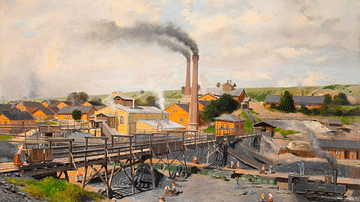Illustration
A Bessemer converter in the Science Museum, Sheffield, England. Henry Bessemer (1813-1898) invented a converter in 1856 during the Industrial Revolution that made steel production much cheaper and more reliable. Steel was much stronger, lighter, and more malleable than iron making it the preferred choice of engineers for large projects like bridge building and laying railway tracks. The converter removed impurities from the pig iron by forcing air under high pressure through the molten metal. A larger convertor could make up to 30 tons of steel in 20 to 30 minutes.
Cite This Work
APA Style
LHOON. (2023, March 20). Bessemer Converter, Sheffield. World History Encyclopedia. Retrieved from https://www.worldhistory.org/image/17210/bessemer-converter-sheffield/
Chicago Style
LHOON. "Bessemer Converter, Sheffield." World History Encyclopedia. Last modified March 20, 2023. https://www.worldhistory.org/image/17210/bessemer-converter-sheffield/.
MLA Style
LHOON. "Bessemer Converter, Sheffield." World History Encyclopedia. World History Encyclopedia, 20 Mar 2023. Web. 15 Apr 2025.







